- Author Antonio Harrison [email protected].
- Public 2023-12-16 07:44.
- Last modified 2025-01-22 21:44.
Izmailovo Estate is a little-known landmark of Moscow, a historical place on a small island. Belonged to the boyars, then to the royal family. It is with this estate that one important and interesting historical fact is associated.
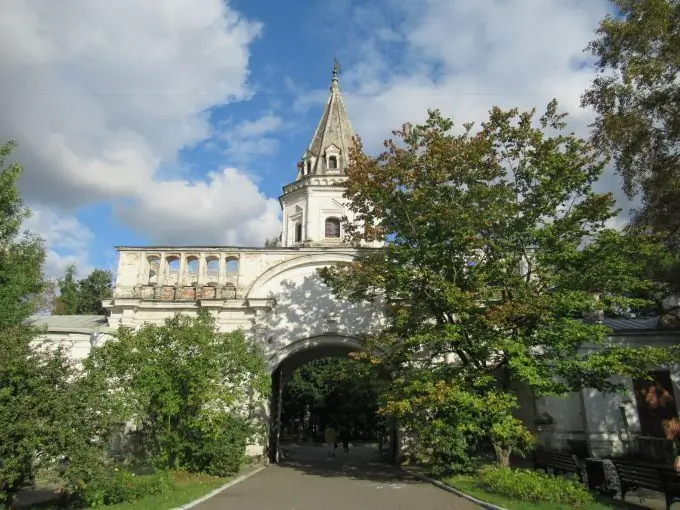
The first mention of the village of Izmailovo dates back to 1389, belonged to Prince Vasily Dmitrievich I. Izmailovo has been mentioned in official documents since the time of Ivan the Terrible. Who the village belonged to before 1389 is not known exactly, but there is a version that Artemy Ivanovich Izmailov (the village was named after the owner's surname). The version has not been confirmed by anything and is considered doubtful, because the Izmailovs mainly owned land in the Ryazan principality. According to the second version, the village belonged to the descendant of the Lithuanian Mark Demidovich, voivode Lev Izmailov. He headed the Tver army, which was on the side of Vasily the Dark, in gratitude received the lands of the village. It is known for sure that on the maps of the 17th century a wasteland is indicated, which was called Levonovo (in honor of the voivode).
It is documented that Izmailovo belonged to the Romanov family from the middle of the 16th century. At first it was the possession of Nikita Romanovich Zakhariev - Yuriev (brother-in-law of Ivan the Terrible). He erected a boyar estate and a church, peasant households. Later it was inherited by Mikhail Nikitich Romanov, and after Ivan Nikitich Romanov. He had a son, Nikita, who inherited the estate. After his death, the village passed into the possession of the Order of the Big Palace. In Izmailovo, the boat "St. Nicholas" has been preserved, which Nikita Ivanovich bought for river walks. The boat played an important role in the history of Russia.
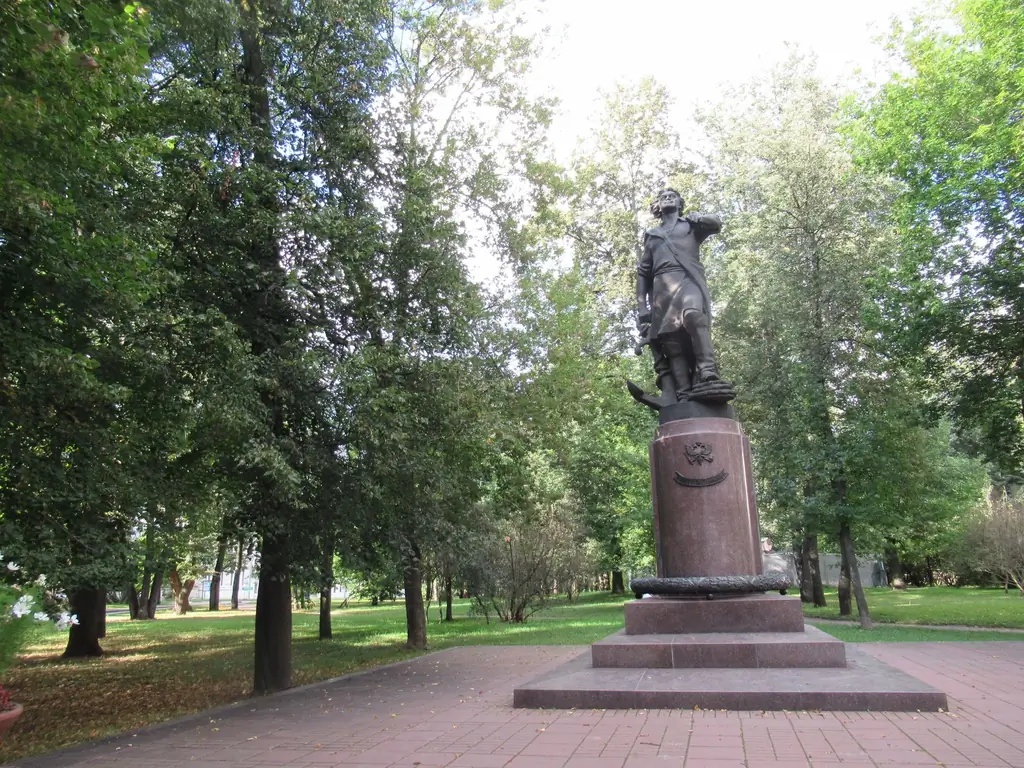
In the second half of the 17th century, the estate passed into the possession of the Secret Order. His manuscripts have survived to this day, the Secret Order ruled the estate. In the 70s of the 17th century, glass, cast-iron and brick factories, manufactories, vegetable gardens and mills appeared on the territory of Izmailovo.
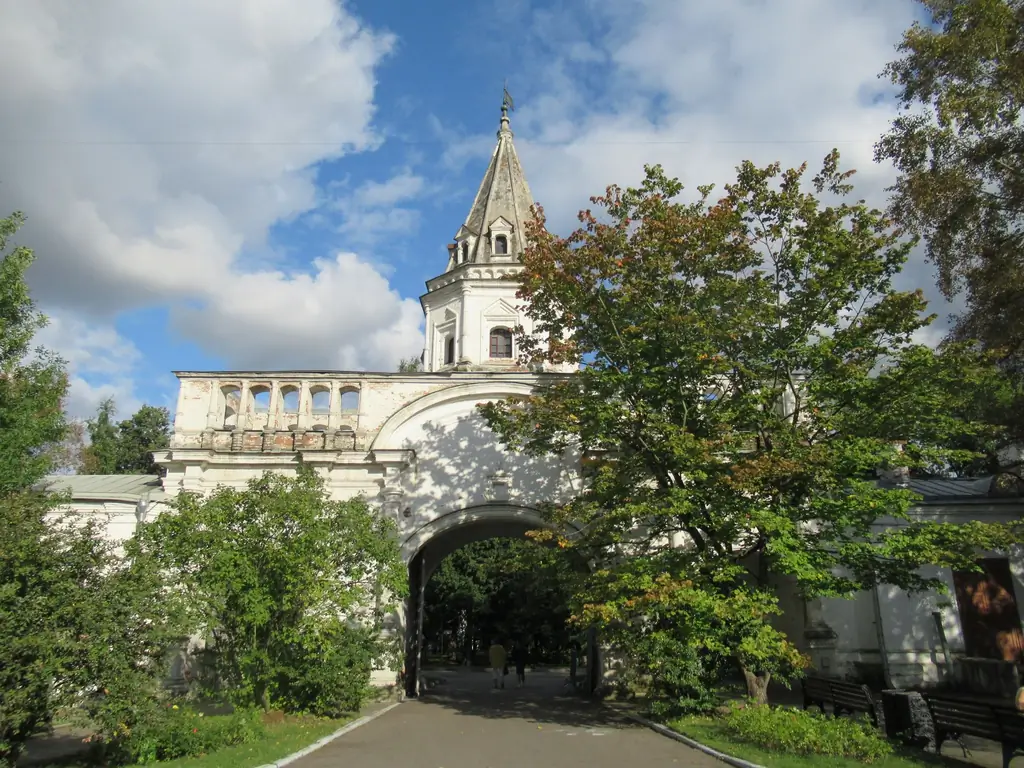
In the estate, a royal hunt was carried out, which eventually became a tradition. The buildings located in the estate are recognized as architectural monuments and were erected in the second half of the 17th century (not all). The oldest buildings of the estate are: Bridge Tower, Front and Back gates. There is a legend that Aleksey Mikhailovich wrote the "Cathedral Code" in the Mostovaya Tower. The tsar was proud of his fiefdom and invited foreign ambassadors to the estate to surprise them with economic achievements.
The estate was inherited by representatives of the royal family of the Romanov family. There is an assumption that it was here that Peter I was conceived and born. It is documented that Peter spent his childhood in Izmailovo, he walked on the boat "St. Nicholas" along the Yauza and that this played a major role in the emergence of the Russian fleet. From the beginning of the reign of Anna Ioannovna and until the beginning of the reign of Nicholas I, the village was in decline and dilapidated. Empresses and emperors showed no interest in him and did not worry about his fate.
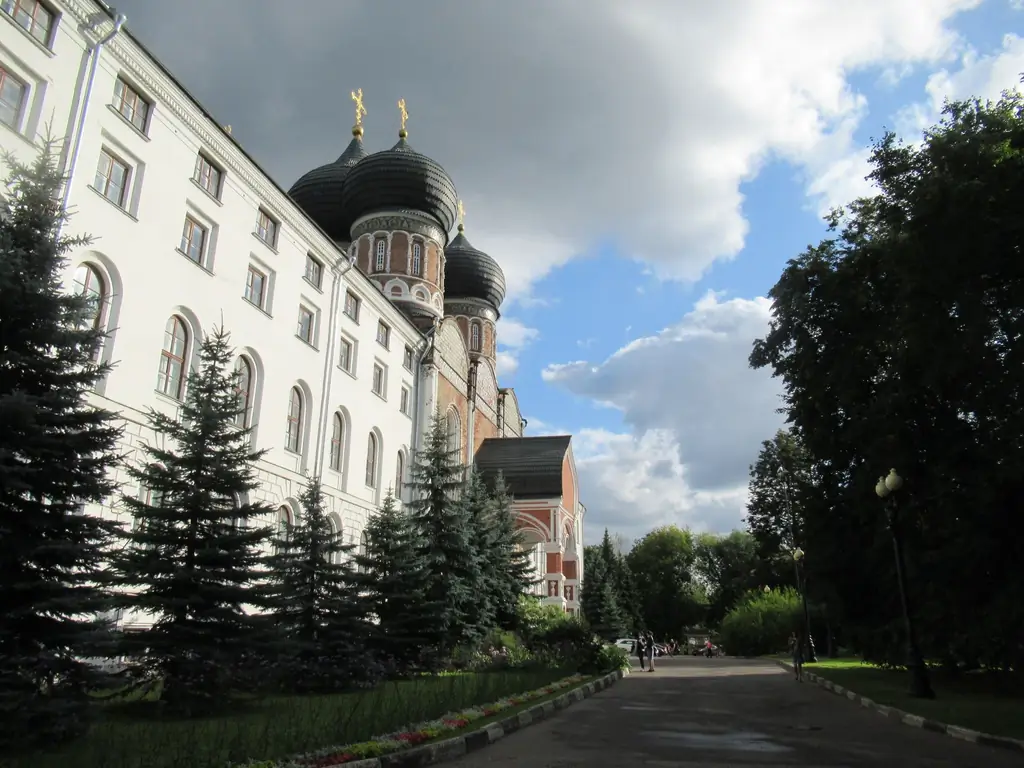
Nicholas I issued an order on the creation of a military almshouse in Izmailovo, which was erected at the expense of benefactors. When the almshouse was created, some buildings were dismantled, the Intercession Cathedral was damaged (it turned into a house church). Buildings were built on both sides of the cathedral. In the second half of the 19th century, Izmailovo turned into an industrial suburb of Moscow.
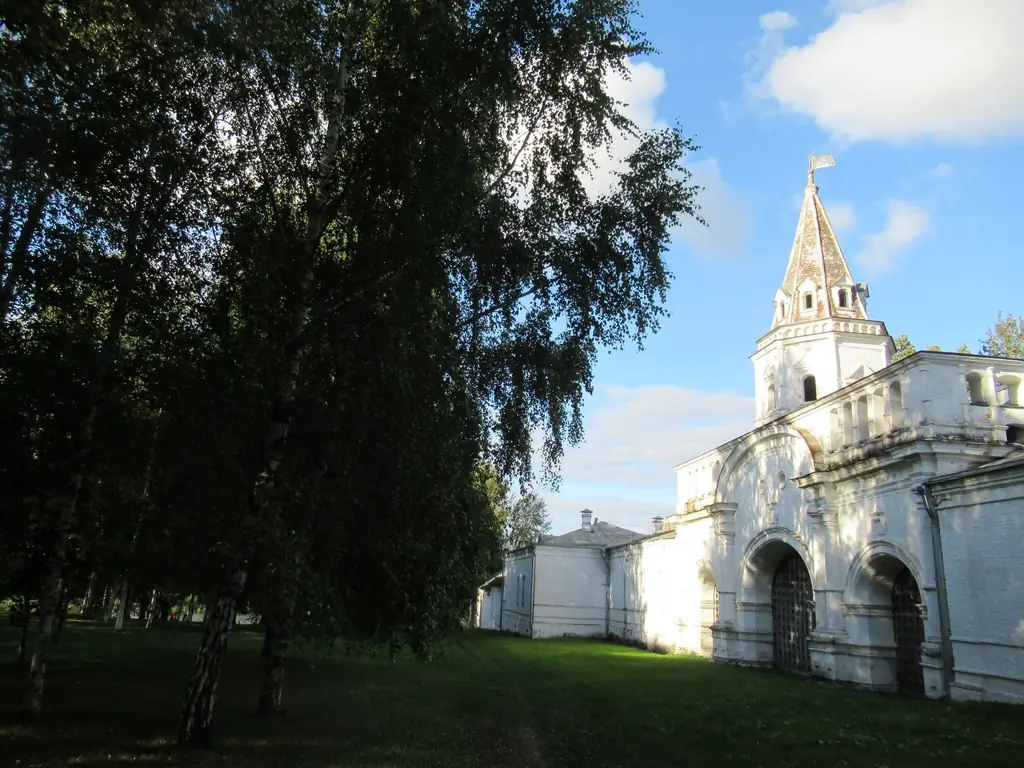
The estate received the status of a museum, the entrance to the territory is free.






